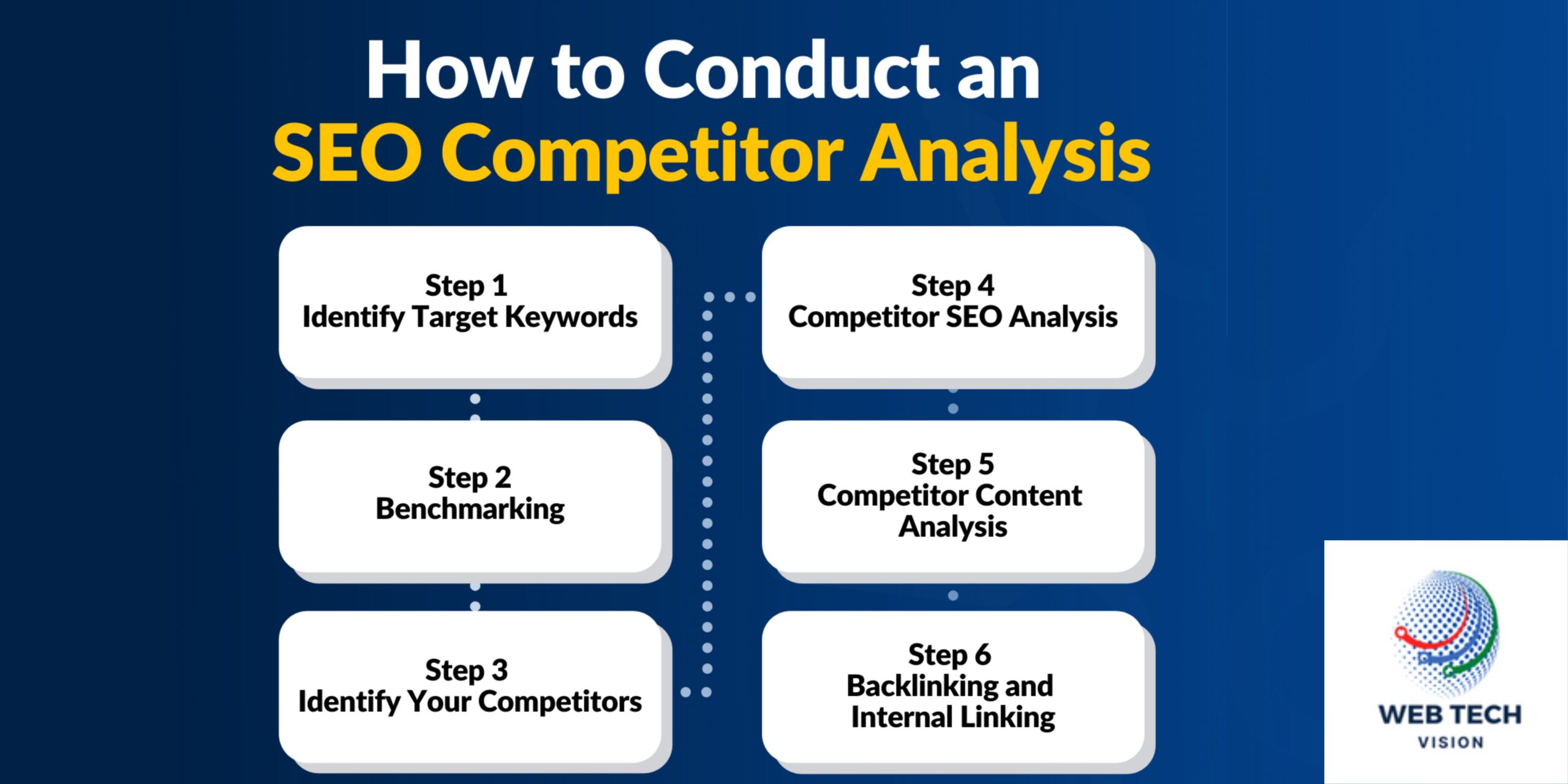In the fiercely competitive landscape of digital marketing, the quest for online supremacy involves more than optimizing your own strategies. Understanding and analyzing your competitors is a crucial component of any successful SEO campaign. In this comprehensive guide, we’ll delve into the significance of competitor analysis in SEO, why it matters, and how to strategically leverage this valuable insight to propel your digital presence to new heights.
1. The Essence of Competitor Analysis in SEO
1.1 What is Competitor Analysis?
Competitor analysis in SEO involves evaluating the strengths and weaknesses of your competitors’ online strategies to gain insights that can inform and enhance your own approach. It’s a systematic examination of their digital footprint, from keywords and backlinks to content and overall site architecture.
1.2 Why Competitor Analysis Matters
Understanding your competitors provides a roadmap for success. By dissecting their strategies, you gain valuable insights into what works, what doesn’t, and where opportunities lie. This informed perspective empowers you to refine your SEO tactics, stay ahead of industry trends, and ultimately outperform your rivals in the digital arena.
2. The Key Components of Competitor Analysis
2.1 Keyword Analysis
Identify the keywords your competitors are targeting. Tools like SEMrush and Ahrefs can unveil the keywords they rank for, providing a blueprint for optimizing your content strategy and ensuring you’re targeting the same or similar keywords to capture relevant traffic.
2.2 Backlink Analysis
Backlinks are the backbone of SEO. Analyze your competitors’ backlink profiles to identify their sources of authority. Discovering their most valuable backlinks can guide your own link-building efforts, helping you secure high-quality links from reputable sites within your industry.
2.3 Content Analysis
Evaluate the type and quality of content your competitors produce. Identify topics that resonate with their audience and explore content gaps that you can fill. Aim to create content that surpasses theirs in value, relevance, and engagement.
2.4 On-Page SEO Analysis
Examine the on-page SEO elements of your competitors’ websites. This includes analyzing their title tags, meta descriptions, header tags, and overall site structure. Identify areas where they excel and areas where you can optimize your own site for better performance.
2.5 Social Media Presence
Evaluate your competitors’ social media strategies. Understand which platforms they prioritize, the frequency of their posts, and the level of engagement they achieve. This insight can inform your own social media strategy, ensuring you stay competitive in the social landscape.
3. Implementing a Strategic Competitor Analysis Framework
3.1 Identify Your Competitors
Start by identifying your primary competitors. These may include businesses targeting the same audience, offering similar products or services, or competing for the same keywords. Tools like Google, industry directories, or competitor analysis tools can assist in this process.
3.2 Select Key Metrics for Analysis
Choose the key metrics you want to analyze based on your business goals. Whether it’s keyword rankings, backlinks, or social media engagement, selecting specific metrics ensures focused and actionable insights.
3.3 Utilize Competitor Analysis Tools
Leverage powerful tools like SEMrush, Ahrefs, Moz, and SpyFu to streamline the competitor analysis process. These tools provide in-depth data on keywords, backlinks, and other crucial SEO metrics, allowing for a comprehensive and efficient analysis.
3.4 Regularly Monitor and Update
Competitor analysis is not a one-time task but an ongoing process. Regularly monitor your competitors’ activities and update your analysis to adapt to changes in the digital landscape. Staying vigilant ensures that your strategies remain agile and responsive.
4. Turning Insights into Action: Strategic Implementation
4.1 Identify Competitive Advantages
Through competitor analysis, identify areas where your competitors excel and areas where you can surpass them. This might involve targeting untapped keywords, securing high-authority backlinks, or crafting more compelling content.
4.2 Optimize Your Content Strategy
Use content insights from your analysis to refine your own content strategy. Identify gaps in their content and explore topics that haven’t been extensively covered. Strive to provide unique and valuable content that resonates with your target audience.
4.3 Enhance Your Backlink Profile
Building a robust backlink profile is essential for SEO success. Capitalize on your competitors’ backlink insights to identify potential link-building opportunities. Reach out to the same authoritative sources or target unique opportunities they may have missed.
4.4 Refine On-Page SEO Elements
Optimize your on-page SEO elements based on the analysis of your competitors. Craft compelling title tags, meta descriptions, and header tags. Ensure your site structure is user-friendly and encourages easy navigation.
4.5 Strengthen Social Media Presence
Refine your social media strategy based on competitor insights. Identify the platforms that yield the most engagement for your competitors and tailor your approach accordingly. Strive to create content that stands out and resonates with your audience.
5. The Evolution of Competitor Analysis: Staying Ahead
5.1 Embrace Continuous Learning
The digital landscape is dynamic, with trends, algorithms, and consumer behaviors evolving rapidly. Embrace a mindset of continuous learning, staying abreast of industry changes and adapting your strategies accordingly.
**5.2 Explore Emerging

